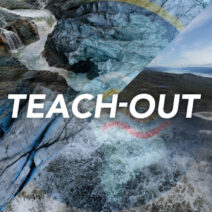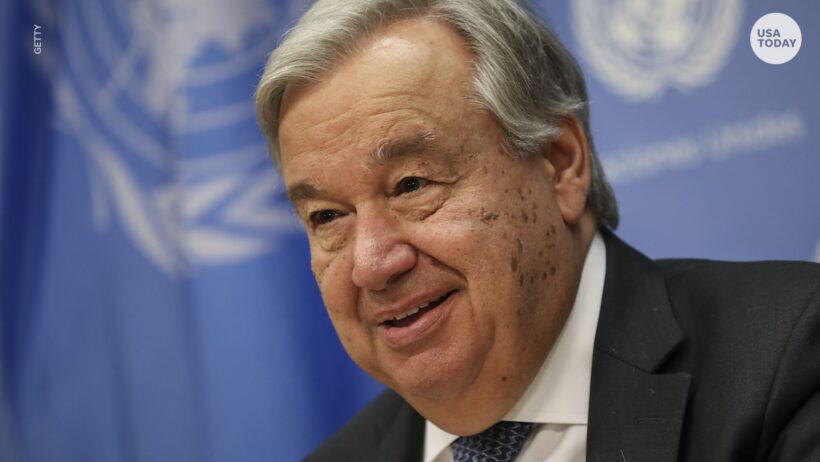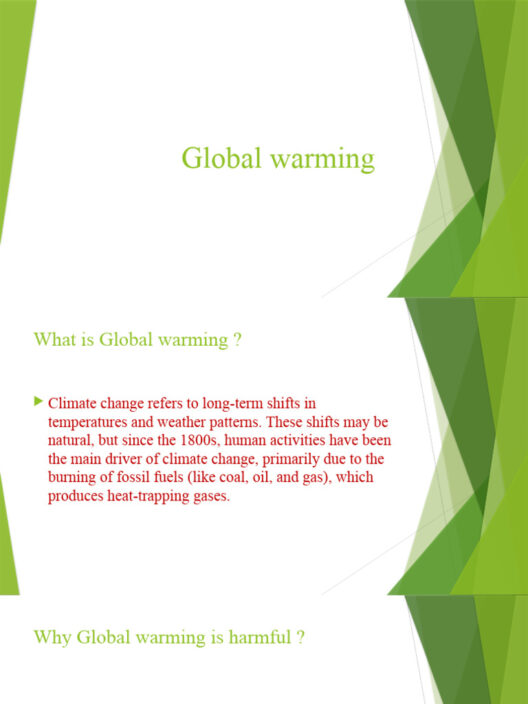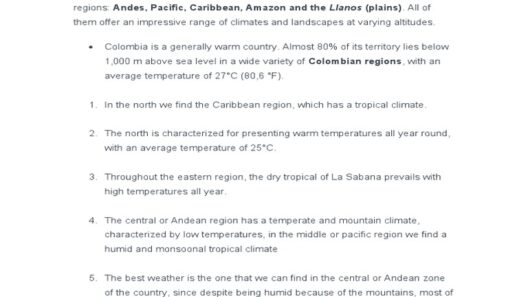In the annals of contemporary global diplomacy, few gatherings resonate with such urgency and significance as the Climate Action Summit. This monumental event is not merely a congregation of leaders; it is a vibrant mosaic of voices, each bringing forth unique perspectives and commitments to combat the existential threat of climate change. But who exactly attended this pivotal summit, and what distinctive attributes did these participants bring to the table? The interplay of diverse backgrounds, philosophies, and identities set the stage for a dialogue that transcended borders and ideologies.
An Eclectic Assembly of Leaders
The Climate Action Summit attracted a veritable constellation of global leaders, each representing different facets of society. Heads of state from developing and developed nations alike embraced this forum, signaling a collective recognition that climate change does not discriminate. Whether it was a president of a small island nation grappling with rising sea levels or the leader of a major industrial powerhouse acknowledging the need for a green transition, the summit exemplified an unprecedented convergence of political will.
Among the attendees were not only seasoned politicians but also a cadre of influential youth activists. Figures like Greta Thunberg emerged as harbingers of change, igniting passion and urgency among global citizens. Their ability to galvanize a younger demographic underscored a pivotal shift in discourse — one that emphasizes intergenerational equity in addressing climate concerns. The aesthetic of their presence, often characterized by simplicity yet profound determination, evoked a sense of hope amidst the daunting challenges of environmental degradation.
The Scientific Vanguard
No climate summit would be complete without the invaluable contributions of the scientific community. Researchers, environmental scientists, and climatologists came forward, equipped with empirical data and innovative solutions. Their insights on carbon emissions, biodiversity loss, and ecological balance formed the backbone of discussions. The aesthetic appeal here lies in their presentations, often underscored by compelling visuals and articulate forecasts that brought the stark realities of climate change into sharp focus.
Notable figures included renowned climatologists whose research has elucidated the intricate connections between human activity and climate evolutions. Their participation lent a layer of credibility and gravitas to the summit, ensuring that policy discussions were rooted in scientific facts and methodologies. The juxtaposition of their rigorous analysis against the emotional appeals made by activists showcased the multifaceted nature of this global crisis — an amalgamation of hard data and human stories.
The Voice of Indigenous Communities
A particularly poignant aspect of the Climate Action Summit was the active involvement of Indigenous leaders from around the world. These representatives brought perspectives steeped in millennia of relationship management with their ancestral lands. Their traditional ecological knowledge is a vital resource for understanding sustainable practices and preserving biodiversity. Attending delegates bore ornate traditional attire, imbuing the event with cultural richness while highlighting the severe threats their communities face: deforestation, habitat loss, and climate-induced displacement.
Their participation underscored a critical element often overlooked in mainstream dialogues — the integration of Indigenous wisdom into climate action. Through storytelling and advocacy, they expressed the urgency of protecting not just their rights but the Earth itself, forging a bridge between ancient wisdom and modern environmentalism. The aesthetic of their representation, blending contemporary activism with deep-rooted traditions, captured the imagination and reinforced the summit’s ethos of inclusivity.
Corporate Stakeholders and Their Pivotal Role
As the summit progressed, it became increasingly evident that corporate stakeholders are now pivotal players in the fight against climate change. Representatives from major multinational corporations participated, showcasing their continued commitment to sustainability through innovative technologies and eco-friendly practices. Companies that once faced scrutiny for their environmental impact now vied to present themselves as champions of green initiatives. The clash of corporate interests with environmental accountability created an intriguing dynamic, as attendees scrutinized the sincerity behind corporate sustainability pledges.
The allure of this juxtaposition lies in the dramatic transformation of the corporate narrative. Visual flair abounded as branding efforts intertwined with authentic environmental advocacy, crafting a compelling image of responsible business practices. Yet, the challenge remains — can corporations genuinely contribute to sustainable development without falling prey to the lure of greenwashing? The summit’s discourse highlighted this tension, adding layers of complexity to the ongoing dialogue surrounding corporate responsibility.
A Harmonious Conclusion: A Collective Imperative
As the curtains drew on the Climate Action Summit, it became evident that the attendees — from political leaders and youth activists to scientists and Indigenous representatives — created a dynamic tapestry of voices united against climate change. Each participant contributed a unique brushstroke, collectively painting a compelling picture of the global climate movement. The synergy of these diverse perspectives encapsulated a key characteristic of modern environmentalism: its inherently collective nature.
With the summit as a backdrop, the global community stands at a crucial juncture. The aesthetic beauty of unity in diversity serves as a clarion call, urging humanity to embrace multifarious methodologies in combating climate degradation. The presence of varied stakeholders brought life to a fundamental truth: our fight against climate change requires the collaboration and commitment of all sectors of society. In this convergence lies the hope for future generations, bridging ephemeral divides for a sustainable tomorrow.




